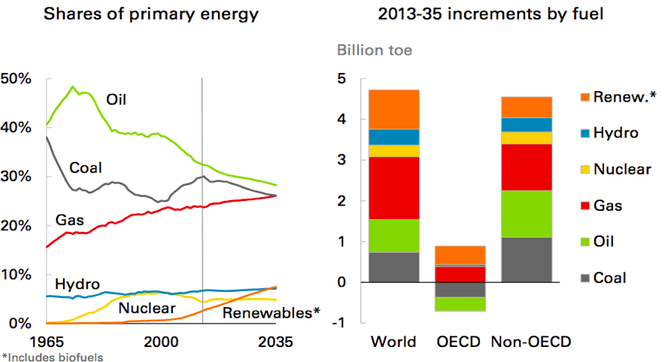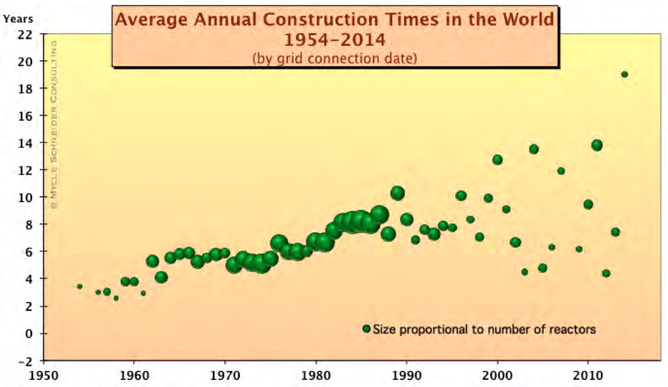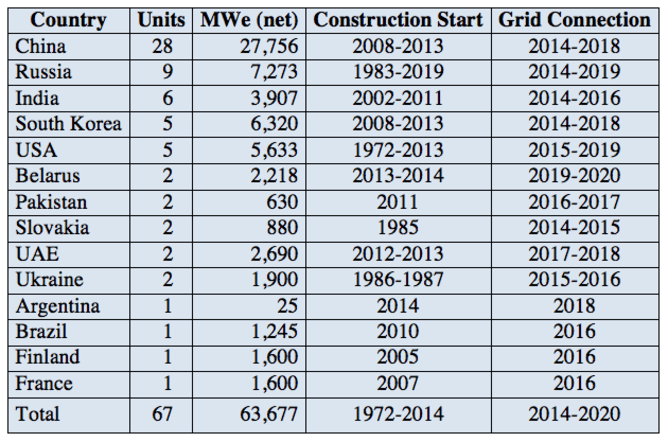Fallout from the world's worst nuclear accident just won't go away. Radioactive clouds may once again spread
over Europe, as rising fires release radiation locked up in the upper layers of soil in the dense forests near
Chernobyl in Ukraine and Belarus
Forest fires there have already been re-distributing that radioactivity over Europe. But the situation is set to
worsen with climate change, political instability – and a bizarre effect of radiation on dead leaves.
After a reactor at the Chernobyl nuclear plant
exploded in 1986, people were evacuated from 4800 square
kilometres of the most heavily contaminated areas in Ukraine and neighbouring Belarus.
This "exclusion zone" became a
haven for wildlife and a dense boreal forest.
Nikolaos Evangeliou at the
Norwegian Institute for Air Research and colleagues have analysed the impact of
forest fires in the region, and calculated their future frequency and intensity. To do so they fed satellite
images of real fires in 2002, 2008 and 2010, and measurements of radioactive caesium-137 deposited
on the area, to models of air movements and fires.
They estimate that of the 85 petabecquerels of radioactive caesium released by the Chernobyl accident,
between 2 and 8 PBq still lurk in the upper layer of soil in the exclusion zone. In another ecosystem this
might gradually fall with erosion or the removal of vegetation. But in these abandoned forests,
says Evangeliou, "trees pick up the radioactive ions, then dead leaves return it to the soil".
Radioactive smoke
The team calculates that the three fires released from 2 to 8 per cent of the caesium, some 0.5 PBq,
in smoke. This was distributed over eastern Europe, and detected as far south as Turkey and as far west
as Italy and Scandinavia.
"The simulation probably underestimates the potential risks," says
Ian Fairlie, former head of the
UK government's radiation risk committee, who has studied the
health impacts of Chernobyl.
That's because the estimate depends on the half-life the team assumed for Cs-137, he says,
and some investigators believe it is longer.
The team's calculated release would have given people in the nearby Ukrainian capital, Kiev, an average
dose of 10 microsieverts of radiation – 1 per cent of the permitted yearly dose. "This is very small," says
Tim Mousseau of the University of South Carolina at Columbia, a co-author of the study. "But these fires
serve as a warning of where these contaminants can go. Should there be a larger fire, quite a bit more
could end up on populated areas."
And the average dose isn't the problem. Some people will get much more, as fires dump radioactive
strontium, plutonium and americium as well as caesium unevenly, and as some foods concentrate these
heavy metals, for example caesium in mushrooms. "The internal dose from ingestion can be significant,"
says Mousseau. The resulting cancers might be hard to spot among many other less-exposed people.
"But they will be very significant for those who experience them."
Increased forest fires seem likely. The area is due to get drier, according to the Intergovernmental
Panel on Climate Change. The team found that
droughts are already worsening forest fires in both area
and intensity, and those are predicted to worsen.
This may be down to a range of factors, including lack of management of the forests. Most forests are
managed by removing dead trees, clearing roads or cutting fire breaks but this isn't being done here.
Moreover, dead vegetation that fuels fires is accumulating at a rate that has doubled since 1986, the team says.
Insect killer?
This is partly because the radiation itself seems to inhibit the decay of leaf litter, perhaps because it kills
key insects or microorganisms. "We brought litter from an uncontaminated zone into a contaminated
area and found it decayed only half as fast," says Evangeliou.
The models predict peaks of forest fires between 2023 and 2036. By 2060, fires might continue, but much
of the radioactive fallout will have decayed away.
To cap it all, once a fire starts, local fire-fighters in Ukraine have seven times fewer crews and equipment per
1000 hectares than elsewhere in the country – a situation unlikely to improve given the ongoing conflict.
The UN Environment Programme is installing video surveillance for fires, but much of the forest is
inaccessible or slow to reach due to blocked roads. "It's like a jungle in there," says Evangeliou.
"This is clearly an important problem and one that applies also to Fukushima, where a significant amount
of forest land has been contaminated," says
Keith Baverstock of the University of Eastern Finland in Kuopio,
formerly head of radiation protection at the World Health Organization's European office. "They have a very
valid point. The lack of management of forests, the apparently slower decay of vegetation exposed to
radiation, climate change leading to drought and the expansion of forested areas all contribute to increasing
the risk of forest fire and therefore further dispersal of long-lived radioactive nuclides."
The actual amount of radioactivity redistributed by the recent fires is about a tenth of what was deposited
on Europe in 1986, and its health effects are still a matter of debate among epidemiologists.
But long-lived emitters of radioactivity persist and accumulate, so any dose is bad news, says Mousseau.
"A growing body of information supports the idea that there is no threshold below which they have no effect."
Journal reference: Ecological Monographs, DOI: 10.1890/14-1227.1



